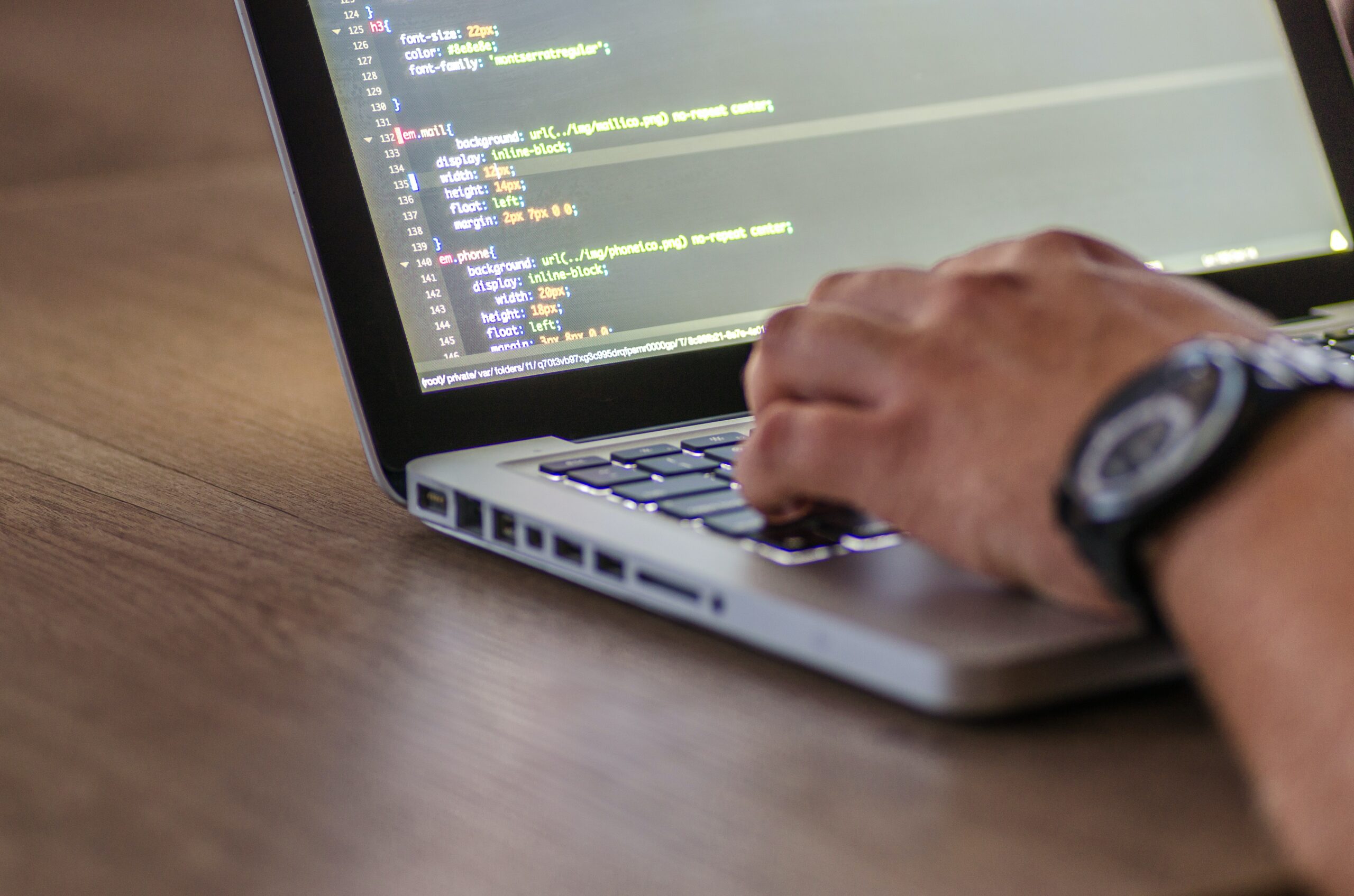
Software
Page under construction, this is machine translation
Protection by copyright
Software intellectual property can be protected in a number of ways, most notably by copyright.
France’s Intellectual Property Code includes software in a non-exhaustive list of intellectual works.
Unlike patent protection, copyright is not based on a title, but on ab initio protection, independent of any deposit, subject to original creation.
We can, however, arrange for a deposit with a notary or a specialized organization such as the Agence pour la Protection des Programmes. There may be several reasons for this: at the very least, to provide proof of the creation date, but also to enable the implementation of an escrow clause and access to the software’s source code by a user client in the cases specified in the contract.
In addition to these advantages, it should be emphasized that, pragmatically, such a deposit also provides an opportunity to freeze a software version. What’s more, it prompts questions about ownership:
- if my software was developed “in-house”, was it developed solely by employees?
- has the transfer of economic rights been formalized with the necessary care?
- have developers, whether in-house or external, carried out a survey of open-source software to enable them to analyze contractual constraints and draw the appropriate conclusions in customer contracts, despite the appearance of freedom of access?
Last but not least, this organization of the deposit also makes it possible to materialize the existence of intangible assets which can be valued within a technological portfolio including, for example, patents, notably in the event of the sale of a branch of activity or the company.
We’ll help you answer these questions and draw up a protection strategy for your software.
Software protection covers both object code, i.e. code that cannot be read by human beings without decompilation, and source code, i.e. code that can be read by human beings and enables software modifications and maintenance. Other software-related elements may be protected by copyright. These include, in particular, preparatory design material, graphic interfaces and user documentation.
Patent protection
Software can be protected by patent, even though the European Patent Convention (EPC) and the French Industrial Property Code (CPI) exclude computer programs as such from patentability.
Provided the conditions for such protection are met, patent protection offers a number of advantages, including the benefits derived from protection by title, and the scope of acts that the patentee can prohibit third parties from performing. It is therefore advisable, when developing software, to always examine whether patent protection is feasible. We can help you examine your innovation and determine whether patent protection would be appropriate in your case.
Unlike copyright, a patent protects the functionality of the software. This protection is therefore more extensive than that afforded by copyright. However, questions have long been raised about the patentability of software, notably because the law excludes software “as such” from patentability.
In fact, the presence of a technical feature in an invention enables it to be removed from the list of exclusions. Thus, if the implementation of software by a computer enables a technical effect to be obtained which goes beyond the “normal” physical interactions existing between the software and the computer on which it runs, then this software presents technical characteristics and is not included in the exclusions to patentability. Normal” physical interactions are, for example, electrical currents. Such interactions are not in themselves sufficient to confer a technical character on software. The patentability of software is a question that can be more or less difficult depending on the situation. We will analyze your case and discuss whether or not you should seek patent protection for your software.

